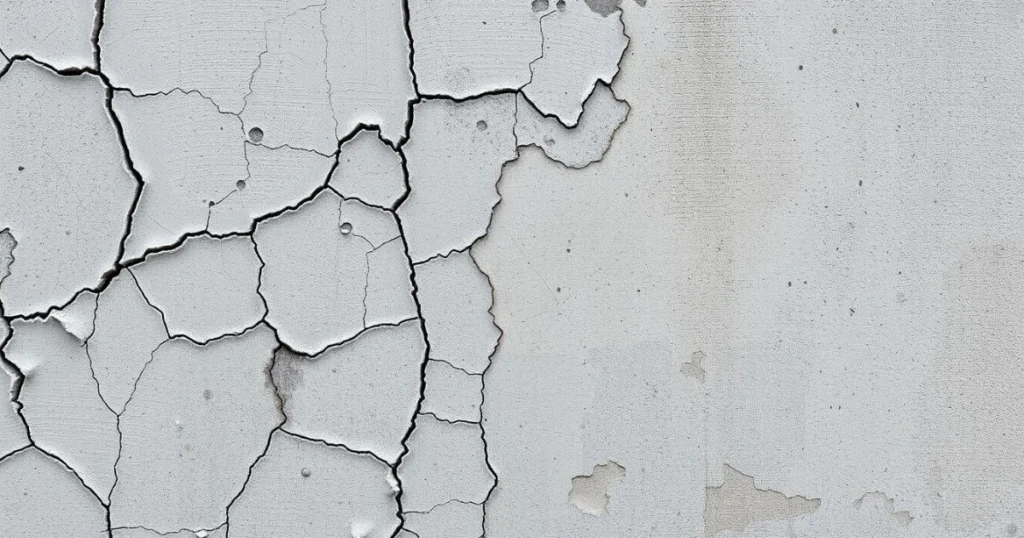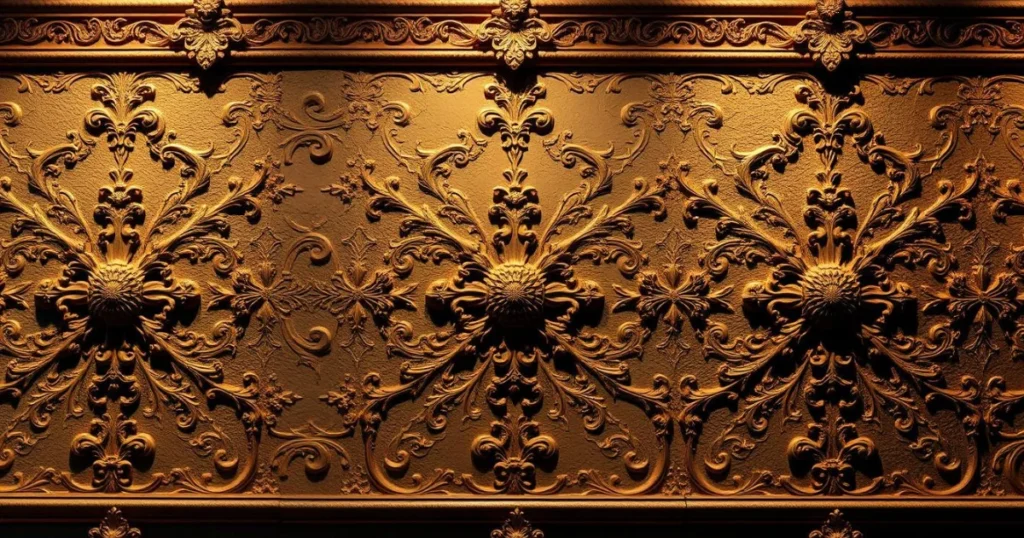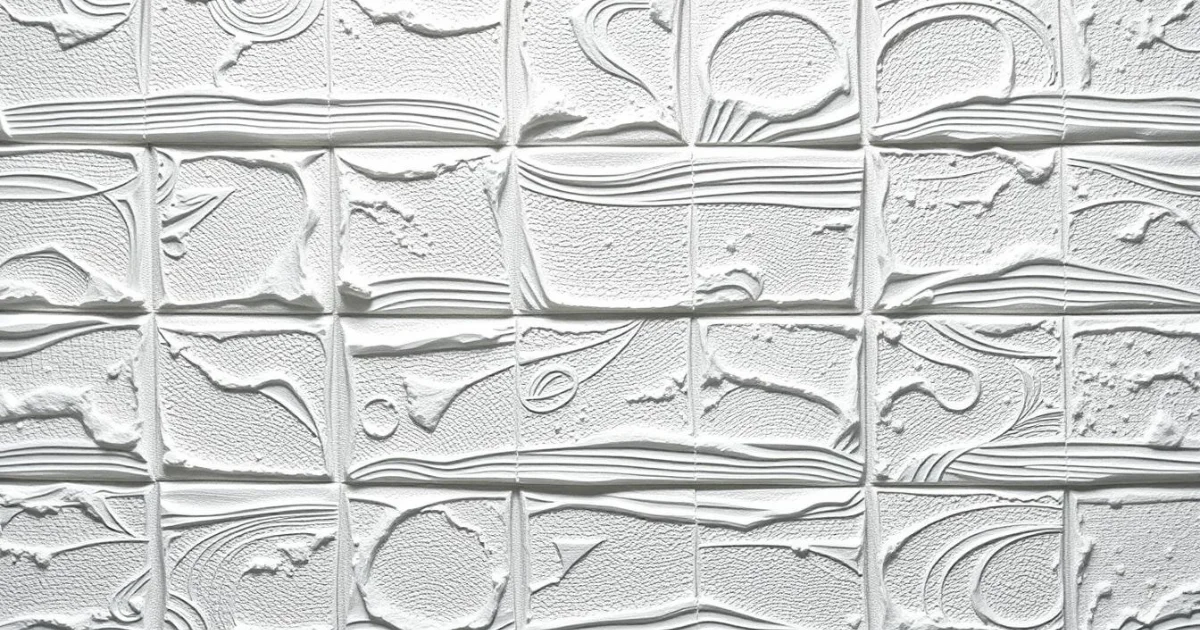How to Texture a Wall: Simple Steps for Perfect Results
Learn to texture a wall and give your space a professional look. DIY wall texturing adds depth and interest to any room. With the right tools and techniques, you can make your home look amazing.
This primer is for both DIY experts and beginners. It will teach you everything you need to know about wall texturing. We’ll show you how to get a professional finish, from the basics to the final touches.
Table of Contents
Understanding Wall Texturing Basics
Wall texturing is an art that can make any room look better. To start, you need to know the basics of wall texture techniques and textured wall ideas. This knowledge helps you choose the right style and materials for your space.
Wall texturing has many benefits. For example, textured walls can hide imperfections and add visual interest to a room. Some popular texture styles include:
- Orange peel texture
- Knockdown texture
- Popcorn texture
These styles can be made using different techniques, like spraying or rolling. The important thing is to pick a method that fits your textured wall ideas. Learning the basics of wall texturing will help you create a unique and beautiful space that shows your personal style.
Whether you want to update one room or your whole home, knowing wall texture techniques is key. With the right tools and creativity, you can transform your space into a stunning work of art that shows off your individuality.
Essential Tools and Materials for Wall Texturing
To get a professional textured finish, you need the right wall texture tools and materials. Choosing the right items is key, whether you’re aiming for a specific style or a unique look. Possessing the appropriate equipment and resources is essential for success.
Some must-have wall texture tools include texture sprayers, joint compounds, and taping knives. These tools help you make various textures, from smooth to detailed patterns. Think about the texture you want and your project’s size when picking tools.
Here are some essential materials to get you started:
- Joint compound
- Texture sprayer
- Taping knife
- Sandpaper
- Paint roller and extension pole
Also, consider the quality and brand of your wall texture tools. Look for well-known brands with high-quality products. Read reviews to see how well a tool or material works.
How to Texture a Wall: Step-by-Step Guide
To get a professional finish, it’s key to use the best wall texturing methods. With the right tools and materials, you can make a unique texture. This texture will make your space look better.
First, prepare the surface by cleaning and smoothing it. This step is important for a strong bond between the texture and the wall.
After preparing the surface, mix your texturing material as the manufacturer says. It’s important to get the water and mixture ratio right. You can use stomping, knocking down, and skim coating techniques to make a special texture.
Surface Preparation
- Meticulously cleanse the wall to eliminate dirt and dust
- Fix any holes or cracks with a patching compound
- Sand the surface to create a smooth finish
Application Techniques
The technique you choose depends on the texture you want. You can use a texture gun, a putty knife, or a trowel. By following the best methods and using the right tools, you can make a beautiful, lasting texture.
Popular Wall Texturing Techniques and Patterns
When it comes to textured wall finishes, there’s a wide range of choices. You can go for something subtle or make a bold statement. Techniques like orange peel, knockdown, and popcorn textures offer unique looks and benefits.
To get these looks, you need the right tools and materials. For example, orange peel texture needs a special spray gun. Knockdown texture requires a trowel or knife. It’s important to think about the difficulty, cost, and upkeep of each method.
Here are some key characteristics of popular wall texturing techniques:
- Orange peel texture: creates a subtle, speckled look
- Knockdown texture: produces a more dramatic, irregular pattern
- Popcorn texture: features a bumpy, three-dimensional design

Textured wall finishes can also be tailored to fit your design theme. By picking the right tools, materials, and techniques, you can make walls that stand out. They enhance the depth and intrigue of any space.
| Technique | Tools Required | Difficulty Level |
|---|---|---|
| Orange Peel | Specialized spray gun | Easy to Medium |
| Knockdown | Trowel or knife | Medium to Hard |
| Popcorn | Specialized machine | Hard |
Professional Tips for Perfect Wall Texture
To get a professional-looking textured finish, it’s key to follow some easy tips and avoid common mistakes. Preparing the surface well is the first step to a flawless finish. Using the right techniques and tools can save you time and reduce frustration.
For consistent results, use the right amount of texturing material and apply it evenly. Make sure it dries completely. Proper surface preparation is also crucial. It ensures the texture sticks well to the wall. By following these tips, you can get a professional finish that makes your space look better.
Also, using quick techniques can make the job faster. Here are some tips:
- Use a texture sprayer to apply the material fast and evenly.
- Work in sections to keep the pattern consistent.
- Let each section dry before moving to the next.
By following these tips, you can get a professional finish. This adds value and beauty to your space.
Creative Wall Texture Design Ideas
Exploring textured painting for walls opens up a world of creativity. You can transform your walls into a personal art piece. There are many designs to pick from, from modern to traditional.
First, think about the look you want for your space. Do you prefer something sleek or cozy? Knowing this helps you choose the right textures and patterns.
Modern Texture Patterns
Modern designs focus on simplicity and clean lines. Here are some ideas:
- Smooth finishes with a subtle sheen
- Geometric patterns made with stencils or tape
- Textured paints with metallic or glass bead finishes
Traditional Texture Styles
Traditional styles aim for warmth and character. Here are some options:
- Rustic finishes with a distressed look
- Ornate patterns using plaster or molding
- Classic textures like popcorn or orange peel

Mixing different textures can make your space unique. Whether you want something modern or traditional, textured painting for walls adds personality and interest.
Maintaining and Repairing Textured Walls
To keep your textured walls looking great, regular care is key. Learning how to texture a wall is just the start. It’s also important to maintain it well. This means cleaning often and fixing any damage.
For bigger repairs, knowing the right wall texture techniques is crucial. This ensures the repair blends well with the rest of the wall.
Here are some tips for keeping and fixing textured walls:
- Regularly dust and vacuum the walls to prevent dirt buildup
- Utilize a gentle detergent to remove any persistent stains
- Touch up damaged areas with a matching texture and paint
By following these tips and using the right wall texture techniques, your textured walls will last for years. Remember, taking care of your walls is an ongoing task. It needs attention to detail and the right skills. With practice and patience, you can become skilled at how to texture a wall and keep it looking perfect.
Cost Considerations and Budget Planning
When you start diy wall texturing, cost is key. It’s vital to plan your budget before you begin. You need to think about the cost of materials, tools, and labor. Let’s look at the main costs: materials, tools, and whether to do it yourself or hire a pro.
The cost of materials depends on the texture and finish you want. Common materials include joint compound, paint, and textured coatings. These can cost between $50 and $200, based on quality and amount needed. You’ll also need wall texture tools like sprayers, rollers, and stamps.
Material Expenses
- Joint compound: $20-$50
- Paint: $30-$70
- Textured coatings: $50-$100
Tool Investment Options
For a DIY project, you’ll need the right wall texture tools. These can cost between $50 and $200, depending on quality and brand. Brands like Homax and Zinsser are popular.
Professional vs. DIY Costs
If DIY isn’t your thing, consider hiring a pro. Professional costs range from $200 to $1,000, based on project size and location. While it’s more expensive, it ensures quality and avoids mistakes.
When to Call a Professional
DIY wall texturing can be fun and rewarding. However, there are instances when it is advisable to consult a specialist. This is true for complex textures or big projects that need special skills and tools. A pro can make sure the job is done right and fast, giving you top-notch textured walls.
Here are some times when you should hire a pro:
- Complex texture styles that need special tools and skills
- Big projects that need to be done quickly and well
- High-end or custom texture designs that need expert knowledge
Choosing a professional means you get their expertise and experience. You’ll get high-quality workmanship, time savings, and peace of mind. This lets you focus on other parts of your project, knowing the walls are in good hands.
Conclusion: Transforming Your Space with Texture
Now that you know how to texture walls, you can make your space look amazing. Wall texturing adds depth and character to any room. It gives your space a unique, personal touch.
By learning the easy wall texturing tips from this guide, you can make your walls look stunning. You can choose from many texture patterns. This lets you create a space that’s both harmonious and visually appealing.
Feel proud of your DIY wall texturing project. It will change your living space for the better. With the right tools and a bit of practice, you can make your home reflect your style.

